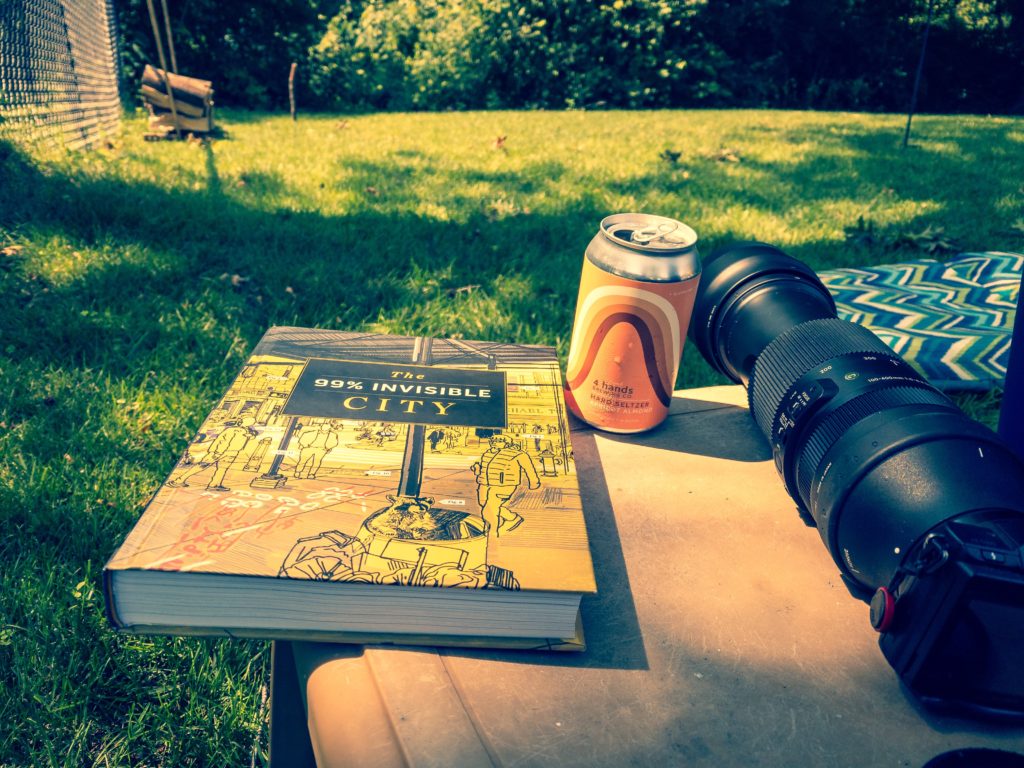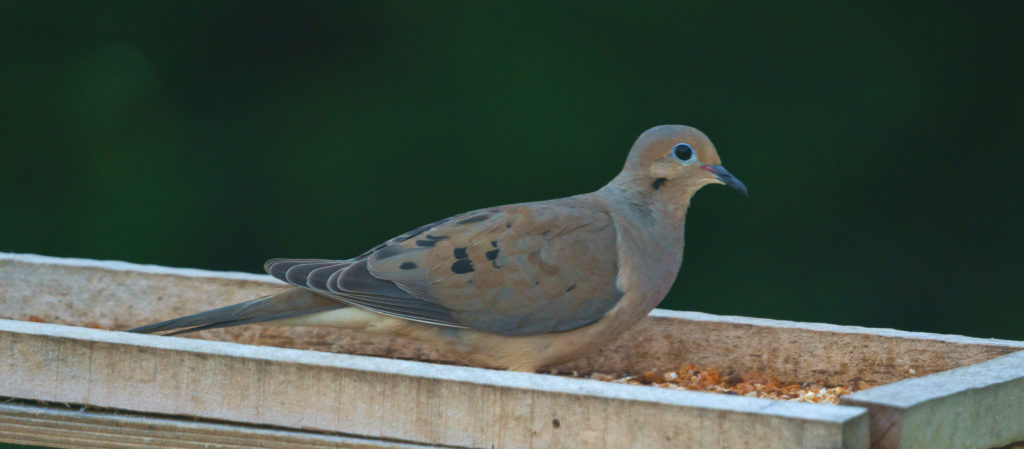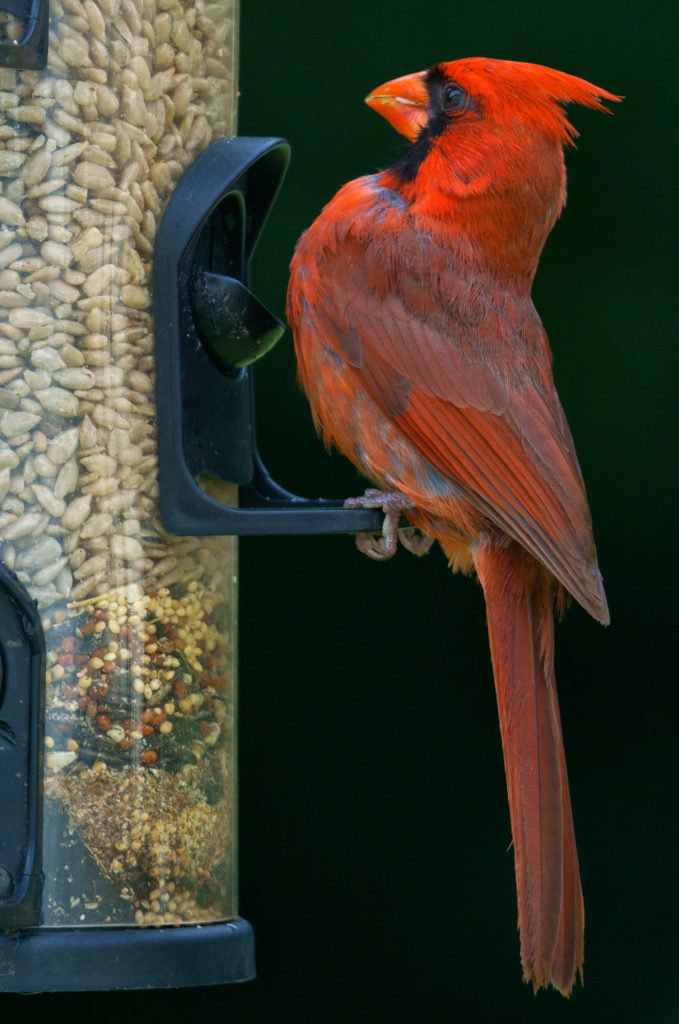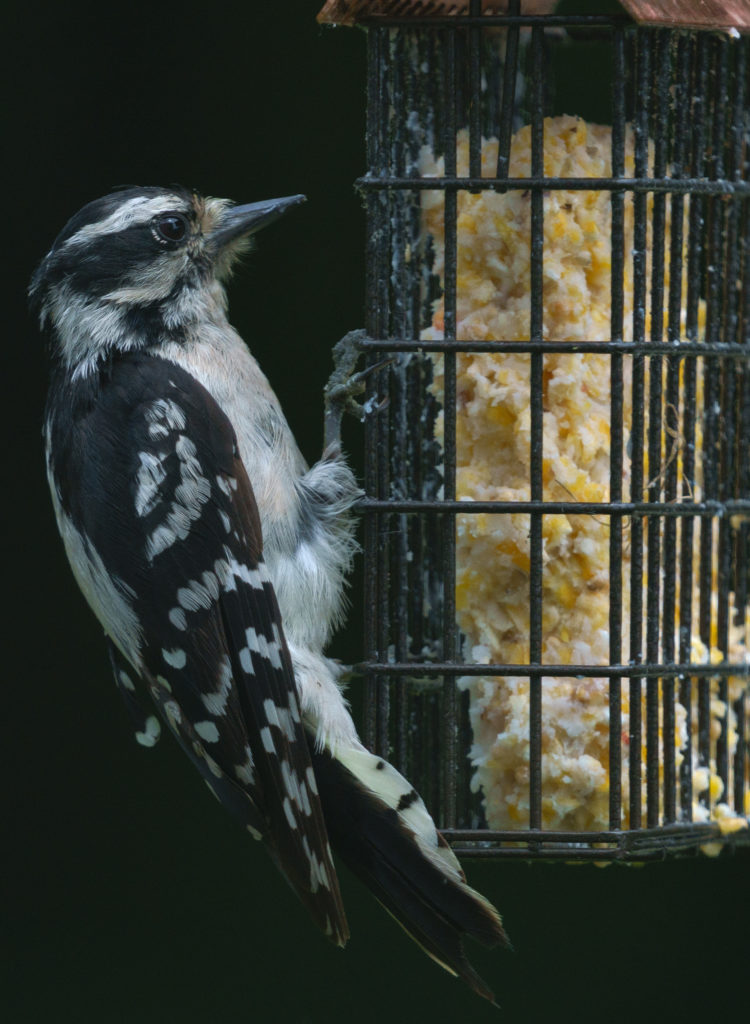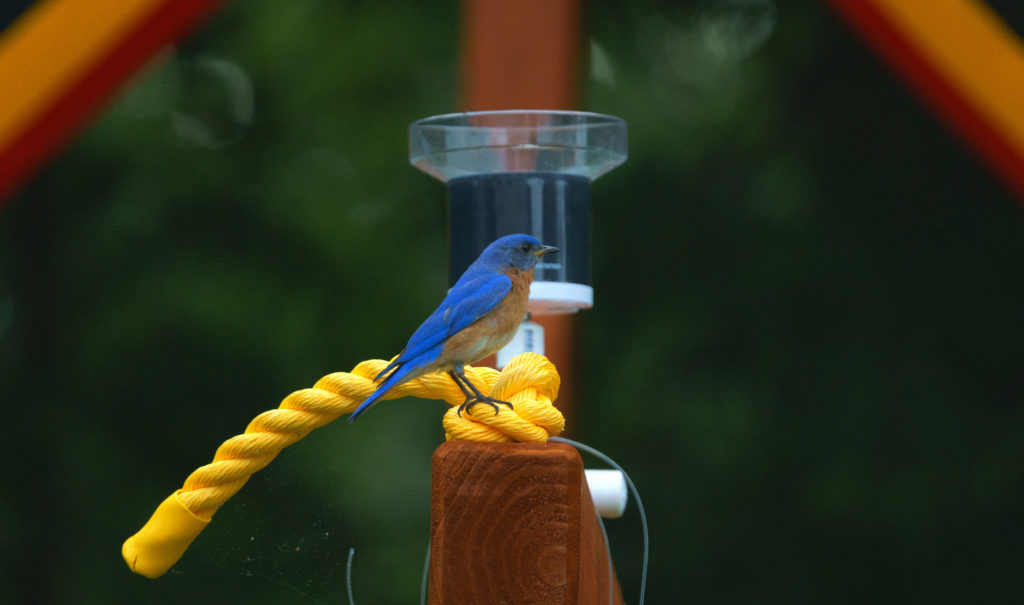Turns out not picking up a golf club for two or three years mysteriously did not solve the myriad issues with my swing.




Fireworks might be one of my favorite things to shoot. More here: https://www.flickr.com/photos/brentajones/albums/72157719551589410 🎆 📷

Aside from getting lunch with my family at the Zoo a few weeks back, today was my first in-public sit-down meal since I think March 9, 2020. Still effectively outdoors though.
One of the great skills in life I hope to acquire some day is stoking a bonfire just enough to burn out right when a baseball game ends. #STLCards
